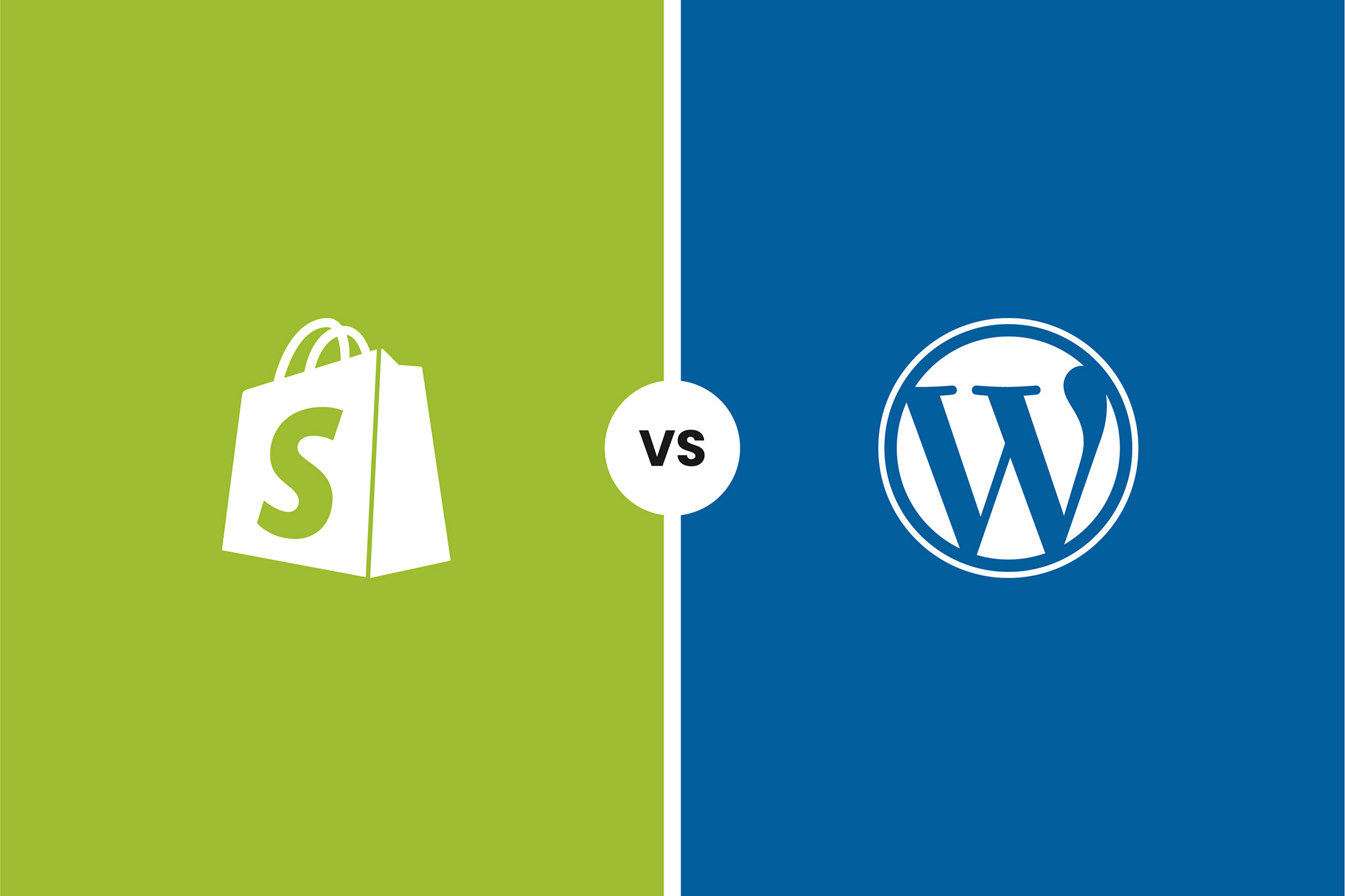When it comes to building a website, Webflow and WordPress are two of the most popular platforms available. They both offer unique approaches to website creation, catering to different needs and preferences. In this article, we’ll compare Webflow and WordPress in various aspects to help you choose the right platform for your website-building journey.
Before diving into the comparison, let’s take a closer look at Webflow vs WordPress individually.
Webflow: The creative powerhouse
Webflow is a web design tool that empowers users to create visually stunning and highly customisable websites. It was founded in 2012 and has gained popularity among designers and developers who value complete control over the design process.
With Webflow, you can unleash your creativity and build unique websites tailored to your exact specifications. However, it’s worth noting that Webflow may not be the ideal solution for beginners or those without technical web-building experience.
WordPress: The king of content management
WordPress, on the other hand, is a widely recognised content management system (CMS) that has evolved from a blogging platform to a versatile website building tool. It is open-source and powers over 42% of all websites on the internet, making it a dominant force in the industry.
WordPress offers a wide range of themes and plugins that allow users to create and customise websites without extensive coding knowledge. Its user-friendly interface and extensive community support make it an attractive choice for both beginners and experienced web developers.
Comparing Webflow vs WordPress
1. Customisation and design control
Webflow is known for its unparalleled customisation options. It allows users to have complete control over every aspect of their website’s design. From layout to typography to animations, Webflow lets you bring your vision to life.
On the other hand, WordPress offers a wide range of pre-designed themes that can be easily customised. While the level of customisation may not be as extensive as Webflow, WordPress provides enough flexibility to create visually appealing websites. Currently WordPress powers over 875 million of all websites online!
2. Learning curve and ease of use
Webflow’s powerful design capabilities come at the cost of a steeper learning curve. It requires some level of technical expertise and familiarity with web design concepts.
In contrast, WordPress is known for its user-friendly interface, making it accessible to beginners. The intuitive dashboard and drag-and-drop functionality make it easy to navigate and build websites without prior coding knowledge.
3. Pricing and cost
When it comes to pricing, Webflow offers a range of plans starting from a free option with limited features to more advanced paid plans. The paid plans provide additional functionality and customisation options.
WordPress, on the other hand, is open-source and free to use. However, you will need to pay for web hosting and potentially premium themes or plugins if you choose to enhance your website’s functionality. Overall, the cost of using WordPress can vary depending on your specific needs and the premium features you decide to invest in.
4. Scalability and flexibility
Both Webflow and WordPress offer scalability, but they do so in different ways. Webflow’s cloud-based infrastructure allows for easy scaling and handling high traffic volumes.
On the other hand, WordPress’s scalability depends on your hosting provider and server resources. With the right hosting setup, WordPress can handle large amounts of traffic. Additionally, WordPress’s vast library of plugins provides flexibility in adding new features and functionality to your website.
5. SEO capabilities
When it comes to SEO, WordPress has a significant advantage. WordPress websites are known to be highly search engine-friendly right out of the box. It offers a wide range of SEO plugins, such as Yoast SEO and All in One SEO, that help optimise your website for better search engine rankings.
These plugins provide features like meta tag optimization, XML sitemap generation, and content analysis. While Webflow does offer some basic SEO functionalities, it requires more technical knowledge and manual implementation.
6. Support and community
Both Webflow and WordPress have active communities and support systems. Webflow provides extensive documentation, tutorials, and a community forum where users can seek help and guidance.
WordPress, on the other hand, has a massive community of developers and users who contribute to its support forums and provide assistance. Additionally, there are numerous WordPress-focused blogs, resources, and tutorials available online, making it easy to find solutions to common issues.
7. Security and updates
Webflow takes care of security and updates for you, as it is a cloud-based platform. It handles all the necessary security measures and ensures that your website is up to date with the latest features and bug fixes.
WordPress, being a self-hosted platform, requires users to take responsibility for their website’s security and updates. However, there are various security plugins available for WordPress that can help enhance the security of your website.
8. E-Commerce capabilities
Both Webflow and WordPress offer eCommerce capabilities, but in different ways. Webflow provides a built-in eCommerce solution that allows you to create online stores with customisable product pages, shopping carts, and payment gateways.
WordPress, on the other hand, offers the popular WooCommerce plugin, which is widely used for eCommerce functionality. WooCommerce provides a robust set of features for creating and managing online stores, including inventory management, order tracking, and payment options.
9. User limitations and collaboration
Webflow has certain limitations when it comes to the number of pages you can have on your website. The free plan has a limit of 10,000 pages, which may not be suitable for larger websites.
WordPress does not have any limitations on the number of pages you can create, making it a more scalable option for bigger projects. Additionally, Webflow requires you to pay extra for each user, while WordPress allows unlimited users without any additional costs.
10. Multilingual and internationalisation
Webflow offers some integrations with translation tools like Weglot to create multilingual websites. However, these integrations may not be as SEO-friendly as the dedicated multilingual plugins available for WordPress, such as Polylang.
WordPress provides a seamless multilingual experience, allowing you to create translated versions of your website and optimise them for different languages and regions.
Which Platform is Best?
In conclusion, both Webflow and WordPress have their strengths and weaknesses. If you prioritise complete design control, advanced customisation, and are willing to invest time in learning a more complex platform, Webflow might be the right choice for you. On the other hand, if you prefer a user-friendly interface, a vast library of themes and plugins, and built-in SEO capabilities, WordPress is an excellent option.
Ultimately, the choice between Webflow and WordPress depends on your specific needs, technical expertise, and budget. It’s recommended to evaluate your requirements and consider factors like design flexibility, ease of use, SEO capabilities, scalability, and community support before making a decision.
If you’re still unsure about which platform to choose, it’s a good idea to consult with a web design agency or professional who can provide personalised guidance based on your unique requirements.
Ready to build your website?
If you’re ready to take the next step in building your website, we are here to help. We specialise in creating stunning and functional websites using the power of WordPress.
Our team of experts will work closely with you to understand your goals and deliver a website that not only looks great but also performs well in search engine rankings.
Give us a shout to put your company on the track to a mobile-friendly website right now. Got questions? Dive into our FAQs and learn more about Metal Potato.
Let's make a website!
Book a FREE video call to discuss your business, project strategy, and more!
"*" indicates required fields
More from Metal Potato
5 Essential WordPress Security Plugins
Boost your website's defense with top-rated WordPress security plugins. Ensure ultimate protection against cyber threats today!
The Power of a WordPress Support Retainer
Elevate your site's performance with a WordPress support retainer – expert maintenance, and guidance for success!
How to Launch a Podcast on WordPress
Launch your podcast on WordPress: from equipment selection to SEO optimisation, follow our guide for a successful podcast journey.
10 Compelling Reasons to Choose WordPress
Discover why WordPress is your ultimate website platform choice! Free, customisable, and supported by a thriving community.
6 Essential Tips for WordPress Website Owners
Boost WordPress site: backups, updates, style guides & more for top performance, security & user experience!
Migrate from Shopify to WooCommerce
Move from Shopify to WooCommerce effortlessly for control, flexibility & cost savings. Follow our step-by-step guide.






